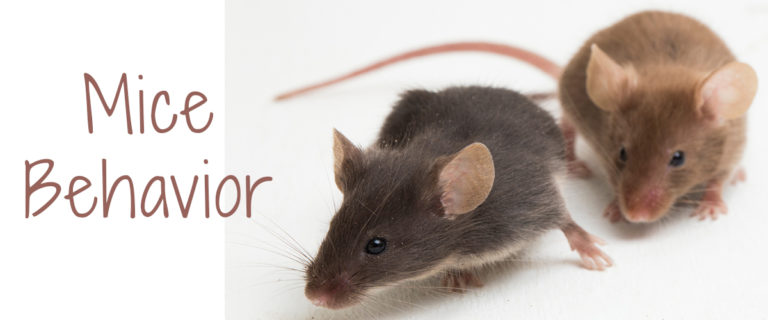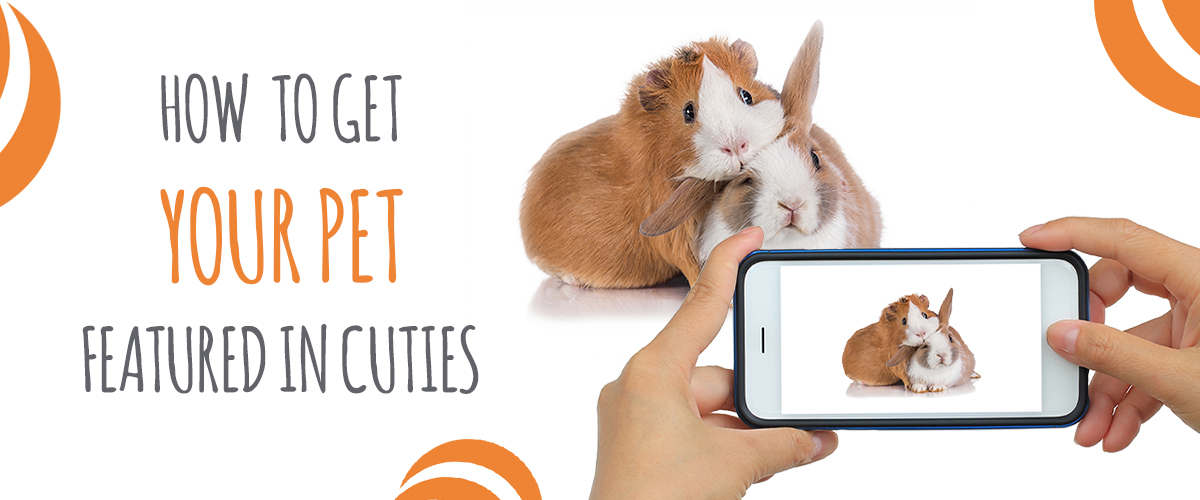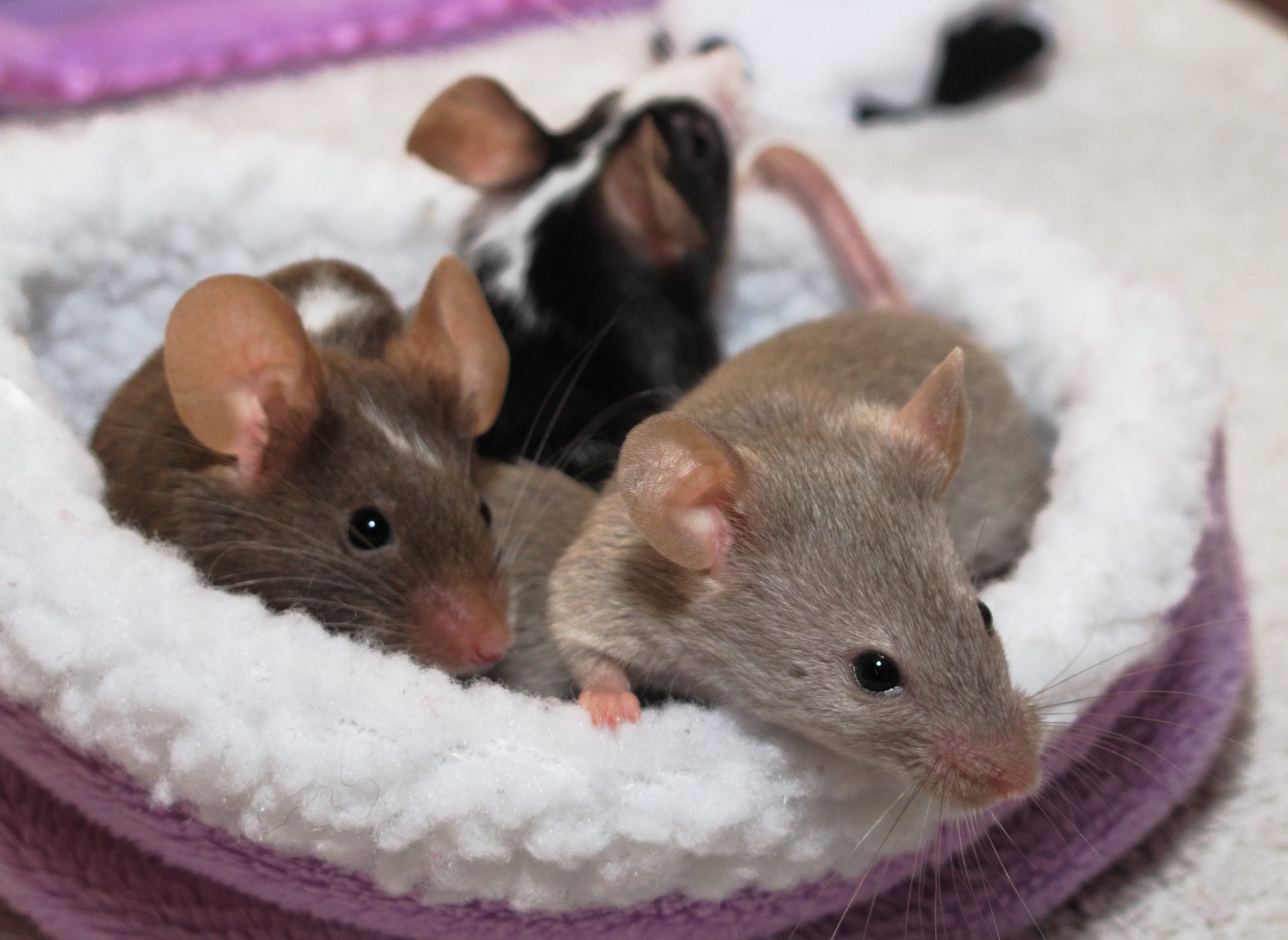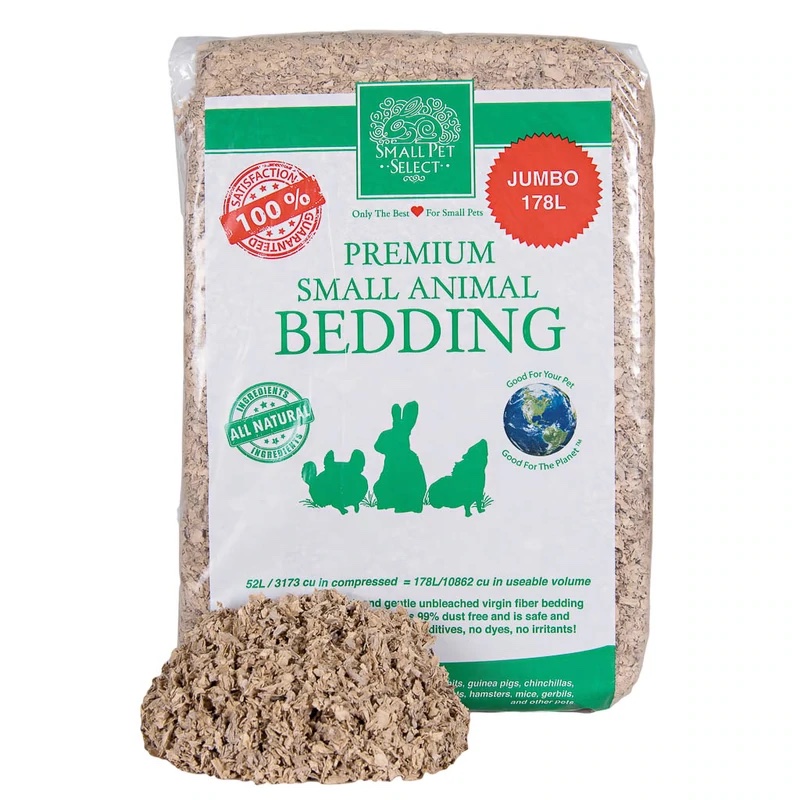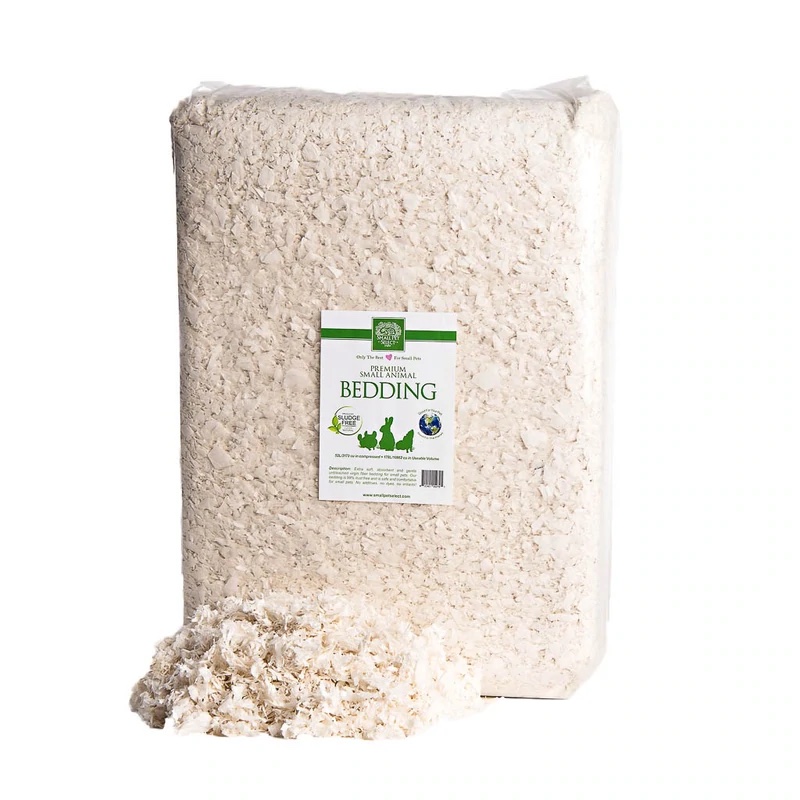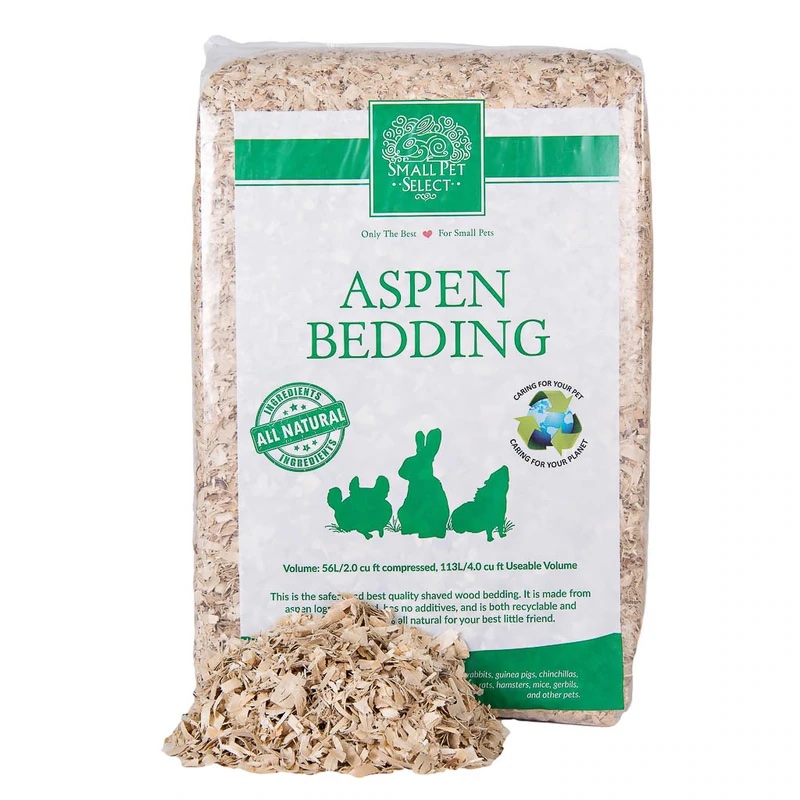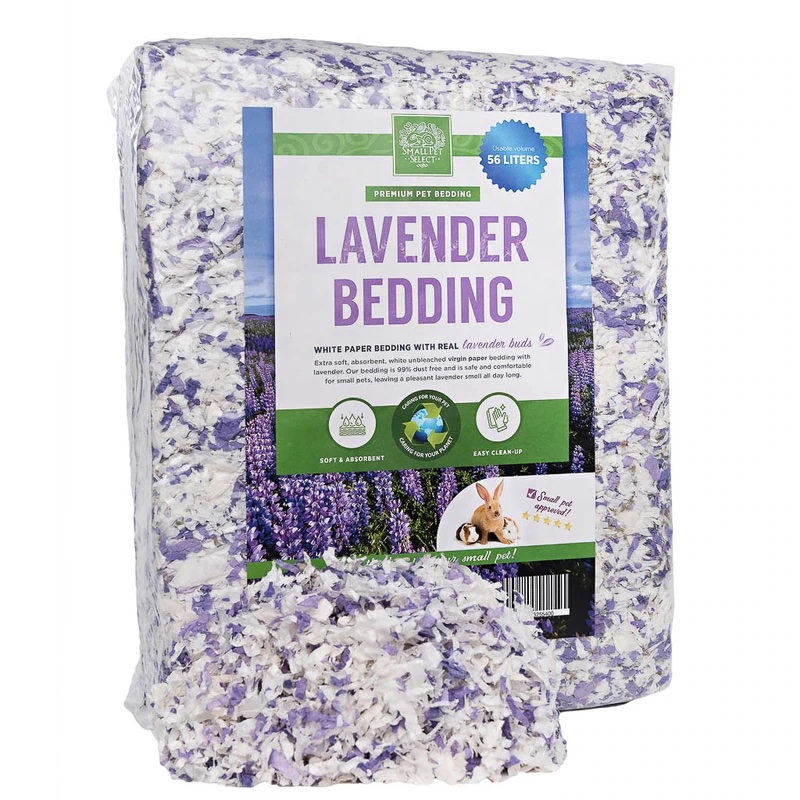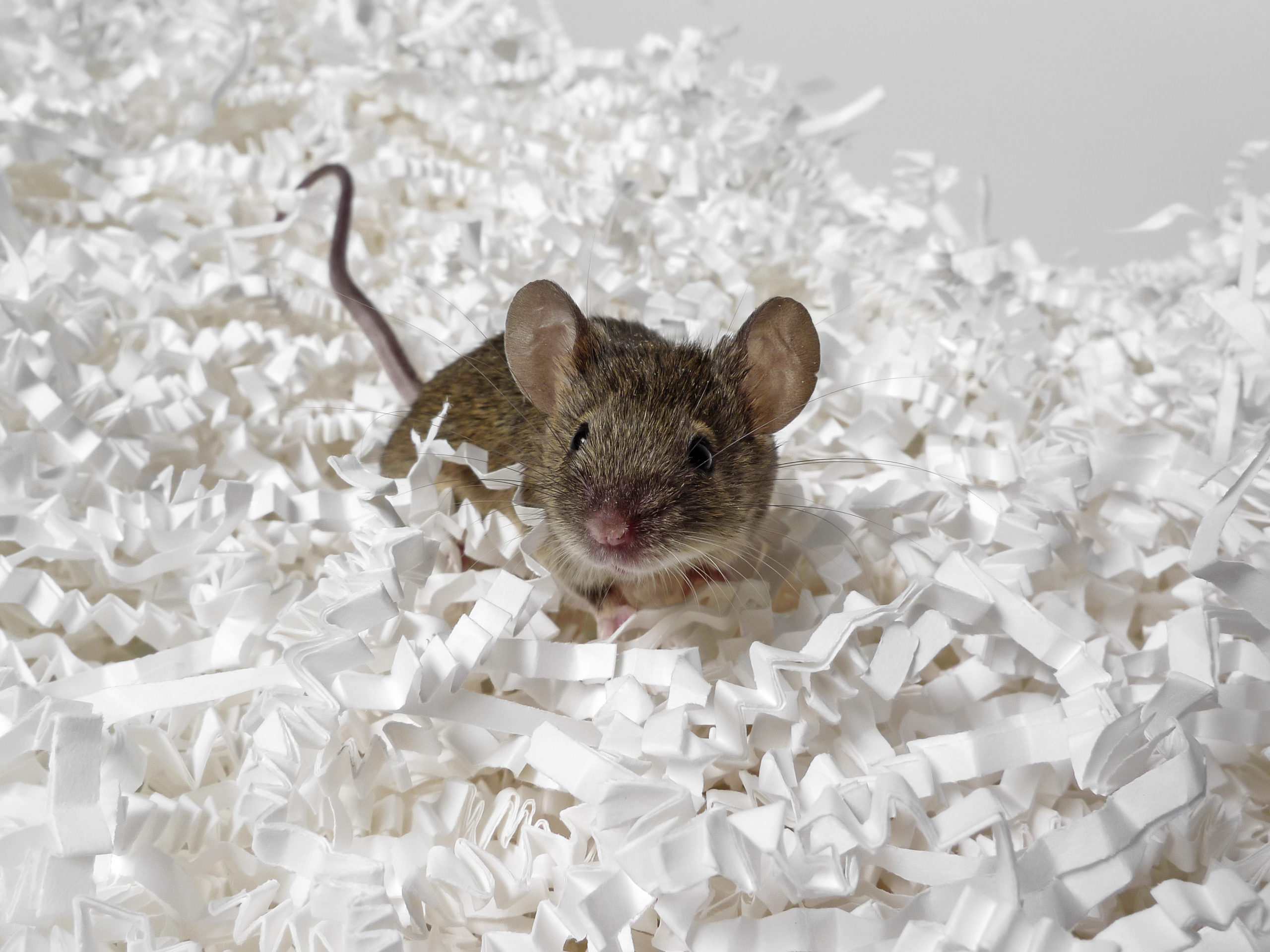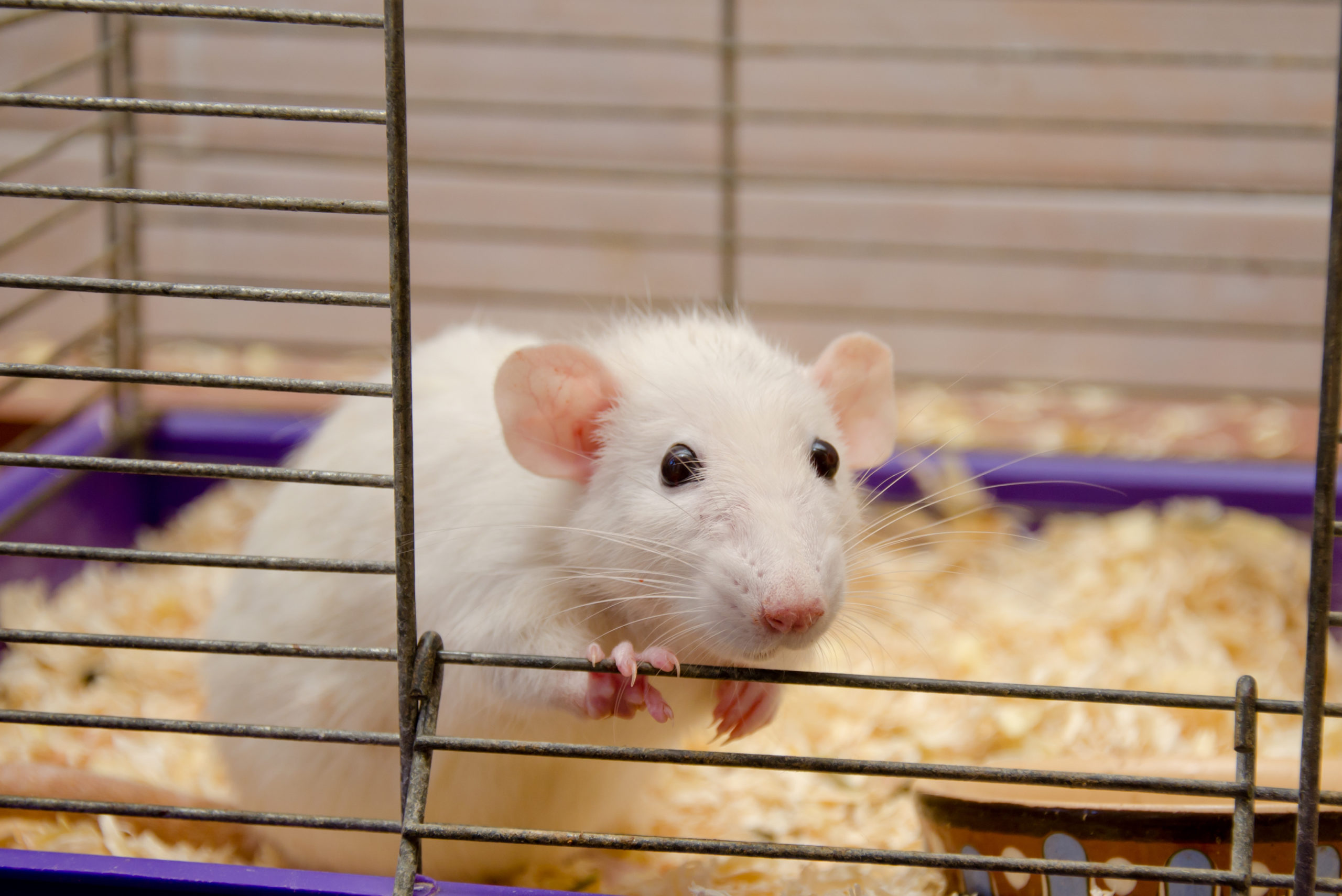Wondering why your tiny mouse friend is doing something? Like many species Small Pet Select caters to, some mice behavior may confuse their humans. It's essential to understand what they're doing and why to know if they're happy or sad, healthy or sick, etc. We’re going to review the top mice behaviors and what they mean.
Important Mice Facts
Before we get into mice behavior, you should know:
🐭 Grooming and staying clean is your mouse's fave activity. So you should see your mice doing this the most.
🐭 Mice are social animals.
🐭 Mice are crepuscular AND nocturnal. They’re busiest around dawn, dusk, and during the overnight hours. Therefore, during the day, mice need their beauty sleep. Make sure their enclosure is in a quiet, dark, climate-controlled spot in your home.
🐭 Mice need large habitats for exercise and require enclosures with vertical walls and places to climb. Large open spaces give them anxiety, so that’s where the walls and climbing features help them out.
🐭 Mice need burrowing space and burrowing material in their habitats. They also enjoy creating tunnels. If you create tunnels for them, make sure there's ample space to turn around and multiple tunnel exits. Our bedding line has several burrowing options for your mousie friends.
Mice Behavior...Explained
Overgrooming/Bald Patches. Keeping clean is one thing, but if you just welcomed a new mouse or your mouse is stressed by their environment, they may groom to the point of removing their fur. With this mice behavior, it's crucial to figure out why mousie is nervous or anxious and make those stressors go away. This signifies stress and anxiety.
Mutual Grooming. Like rabbits, mutual grooming can be a sign of affection and respect. Conversely, one mouse may be trying to dominate another by overgrooming. If you start seeing bald patches, you may have to move one of the mice to a new enclosure.
Chasing. If you see your mice chasing their roomies quietly, without touching each other, they’re just having fun. However, if you hear your mice squabbling during the chase or see one mouse bite another's bum, that's a sign of dominance. If the fights don't go away, you may have to move the mice to a different habitat.
Standing on Hind Legs. Mice are brilliant and curious. To get a better view or sniff, you may see mousie making himself as tall as possible. Another explanation for standing on their hind legs is to get ready to fight OR show respect to another mouse. Males typically do this more than females.
Tail Wagging. This mice behavior is similar to cats. If you see your mice wiggling their tails, they’re annoyed or angry.
Wiggly Whiskers. Mice have poor eyesight, so they use their whiskers to find their way around and figure out their surroundings.
Nesting. Mice will choose their fave spot in their habitat and then choose bedding materials and other items to put in their nest. They may not like what you’ve done with the place, but they will redecorate to their liking.
Teeth Grinding. Your mouse's teeth never stop growing. Giving them lots of safe items to chew, plus a healthy diet, keep their toofers at the right length. Also, to keep their teeth short, mice grind their teeth when they're relaxed.
Ear Position. One of the most significant clues to how your mouse is feeling is its ear position. A happy, curious mouse will have their ears straight up or pointing forward. If your mouse feels threatened or defensive, its ears will be down and pointed back. Additionally, their body language might be stiff to also show their displeasure.
Marking. Mice are territorial. Both genders will use urine to mark their territory.
So there’s your quick rundown on mice behavior. Did we miss any important ones? Do you have any good stories on mice behavior? We’d love to hear from you! Please comment on our socials or email us.
DISCLAIMER: The links and information are being provided as a convenience and for informational purposes only; they do not constitute an endorsement or an approval by Small Pet Select of any of the products, services or opinions of the corporation or organization or individual.
Want to learn more about gerbils, hamsters, and mice? Check these out!
Gerbil Diet: What's on the Menu?



